Zum Thema "Habitus" lassen wir hier die höchsten neurobiologischen Autoritäten nach Maturana und Francisco Varela selbst zu Wort kommen:
Francisco radically reconsiders the situatedness of our cycle of operations, taking their "micro" behavioral phenomenology itself as a fundamental procedural element that shapes our ongoing subjectivity. Our situatedness as human autonomous systems is first to be found in our daily lives: "ordinary life is necessarily one of situated agents." He took seriously the fact that our ongoing activity is made up of "contingencies, improvisation, and [is] more flexible than planning" (Varela, 1991). He emphasized that as mechanisms, we live in the present, in the automatism of most of our actions and procedural acts. The continuity of identity and behavior is a matter of non-conscious dynamical processes guaranteed by the "machine." As enactive systems we integrate automatic behaviors, including chains of reflexes as well as what Francisco called "know-how," procedural actions. We live recurrently in their "transparency": most of the time we don't think about what we are doing, and often we have no real subjective experience of our actions. As Francisco said: "we always operate in some kind of immediacy of a given situation: our lived world is so ready-at-hand that we don't have any deliberateness about what it is and how we inhabit it. When we sit at the table to eat with a relative our body postures and pauses in the conversation are all present without deliberation. Our having-lunch-self is transparent " (Varela, 1995a). This dispositional repertory of behaviors is such that "we have a readiness-to-action which is proper to every specific lived situation," "microidentities," "microworlds," "within which we move during a normal day." This corresponds in human life to what we find in animals as ethology, i.e. eigenbehaviors, of which most are acquired. He referred (Varela, 1999a) to the Heideggerian paradigm of the field of relations and tools in which we are living transparently: turning lights on and off, walking on the street, etc. For Heidegger, cognition and awakening appear when some situation of dysfunction occurs: my key doesn't work in this lock, I don't find my wallet in my pocket.
In his view, "the emergence of the lived present is rooted in and arises from a germ or source of motion-disposition, a primordial fluctuation. This germ manifests itself in a constellation: an original tendency, a shift of attention, the emergence of salience, the earliest e-motion including a motion that embodies it. Thus this primordial fluctuation cannot be separated from its complex or multifarious constitution. But it is nevertheless marked by its uniqueness in the unfolding of the living present" (Varela and Depraz, 2000). Inspired by Husserl and James, Francisco and Depraz considered these subjective fluctuations as forces involving whole body transformations: "the affective force manifests as a rapid, dynamical transformation from tendency to salience, involving one's entire leib [lived body] as a complex [...] the gamut of autonomic action such as respiratory, heart rate, endocrine secretion, etc., as well as the ancestral motor pattern involved in posture and movement [...] a feeling grounded in the body's responsive repertoire" (Varela and Depraz, 2000). The feeling of emotion appears as "the global Gestalt composed of a variety of feeling dimensions." The phenomenology of affects ("self-affect" and "primordial fluctuation") provides us with deep insight into how circular causality, through fluctuations and self perturbations in the recurrence of our body space (and its morphodynamical constraints), could give rise to a minimal subjective experience. Because of the very circularity of our organizational closure perturbations can be "self-inflicted" (Varela, 1983). We could say that we are self-perturbing systems. 51 Our phenomenology of affects could thus be literally understood as a self-perturbing system.
To be completely understood, this idea of an "originary ego-self" that undergoes affect must be considered in Francisco's framework of embodied autonomous systems. According to this framework, the self 'resides' in the selfless mechanical patterns of eigenbehaviors of the dynamic core, emerging from a biophysical and mechanical field of individual auto-affirmation endeavoring to keep a dynamical identity, i.e. a form of systemic invariance. The concrete cycles of operation of the system embody the irrepressible persistence of a biophysical process of self-organization that makes the individual. If we interpret Francisco's views literally, this mechanical bringing forth of the "selfless self" through the flow of its dynamic core occurs as a global process that constitutes a sphere of internal tension and resistance to perturbations (this internal tension can already be seen in the basic vigilance of animals). As an integrative mechanism this very core of resistance works as a more or less automatic system of compensation with an inner, highly specific, morphodynamical set of responses. The compensatory tension resists the circular deformation (usually biologists use the term "adaptation"). It confronts the ongoing round of internal fluctuations and instabilities which act as flux and reflux of self-perturbative forces affecting the dynamic core by propagating through the system closure. Such is the case with emotions, consisting of catastrophic changes in a large portion of the physiology of the organism. Here Francisco's enactive approach can take on its full meaning with regard to the Nagel Effect, i.e. the operation of subjectivity-making.
Quelle:
Biological Research
versión impresa ISSN 0716-9760
Biol. Res. v.36 n.1 Santiago 2003
http://dx.doi.org/10.4067/S0716-97602003000100005
From autopoiesis to neurophenomenology: Francisco Varela's exploration of the biophysics of being
DAVID RUDRAUF, ANTOINE LUTZ, DIEGO COSMELLI, JEAN-PHILIPPE LACHAUX, and MICHEL LE VAN QUYEN
Laboratoire de Neurosciences Cognitives et Imagerie Cérébrale, CNRS UPR 640,Paris, France
Montag, 21. Oktober 2013
Abonnieren
Kommentare zum Post (Atom)
























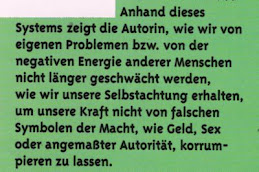

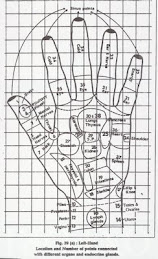
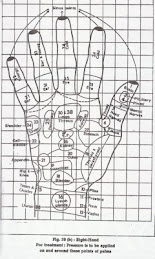

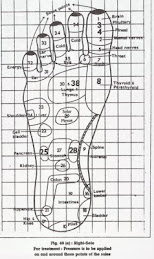

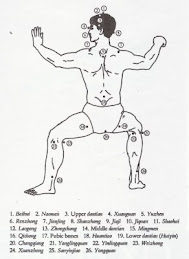
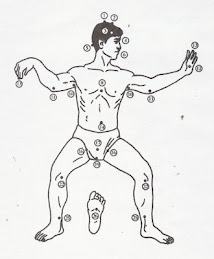

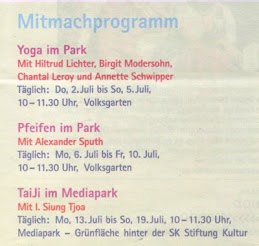
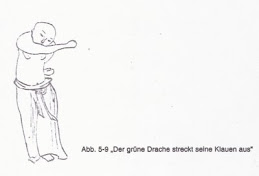
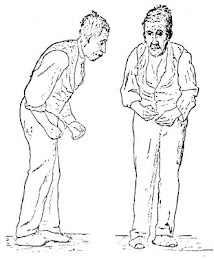
Keine Kommentare:
Kommentar veröffentlichen